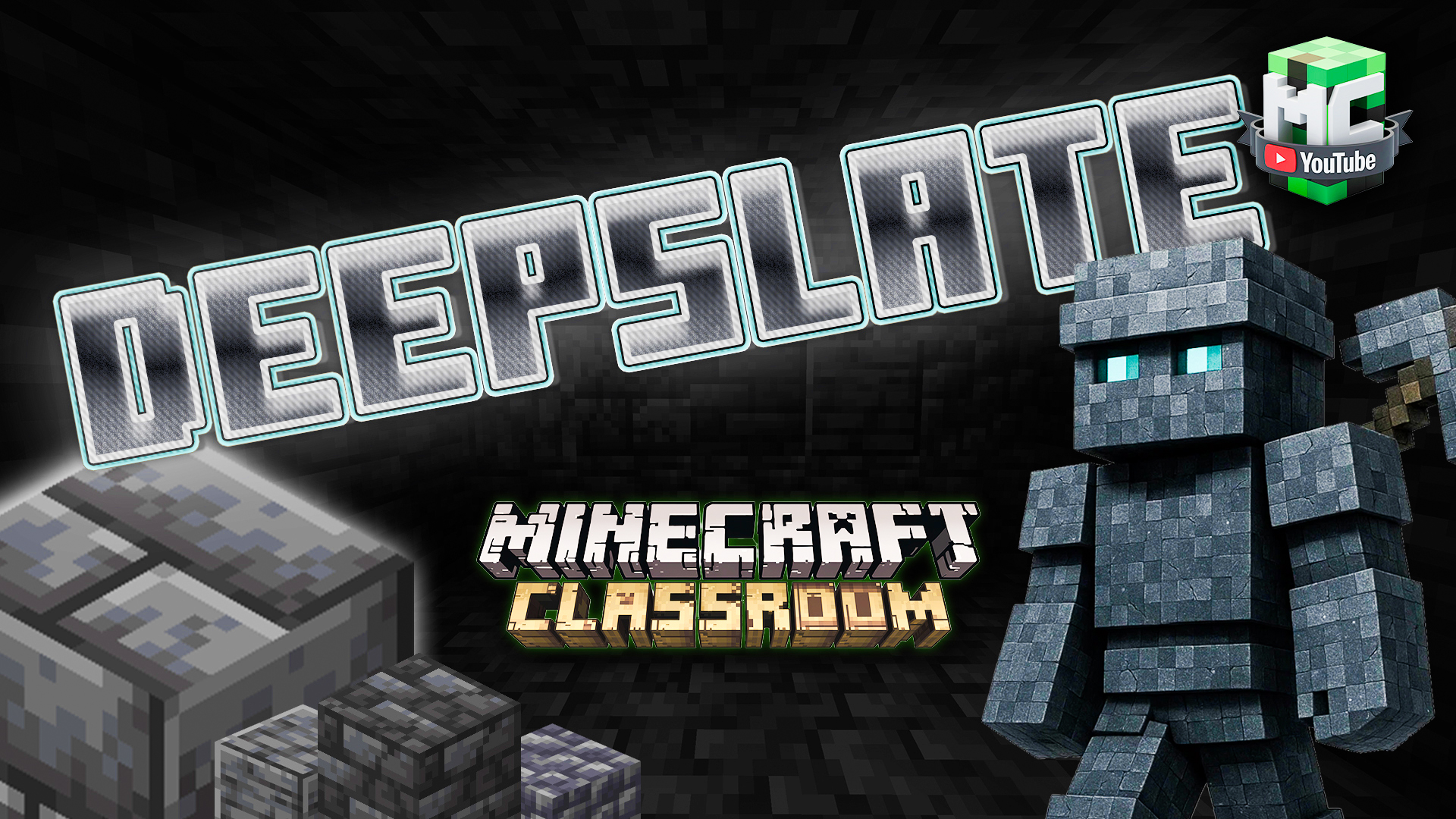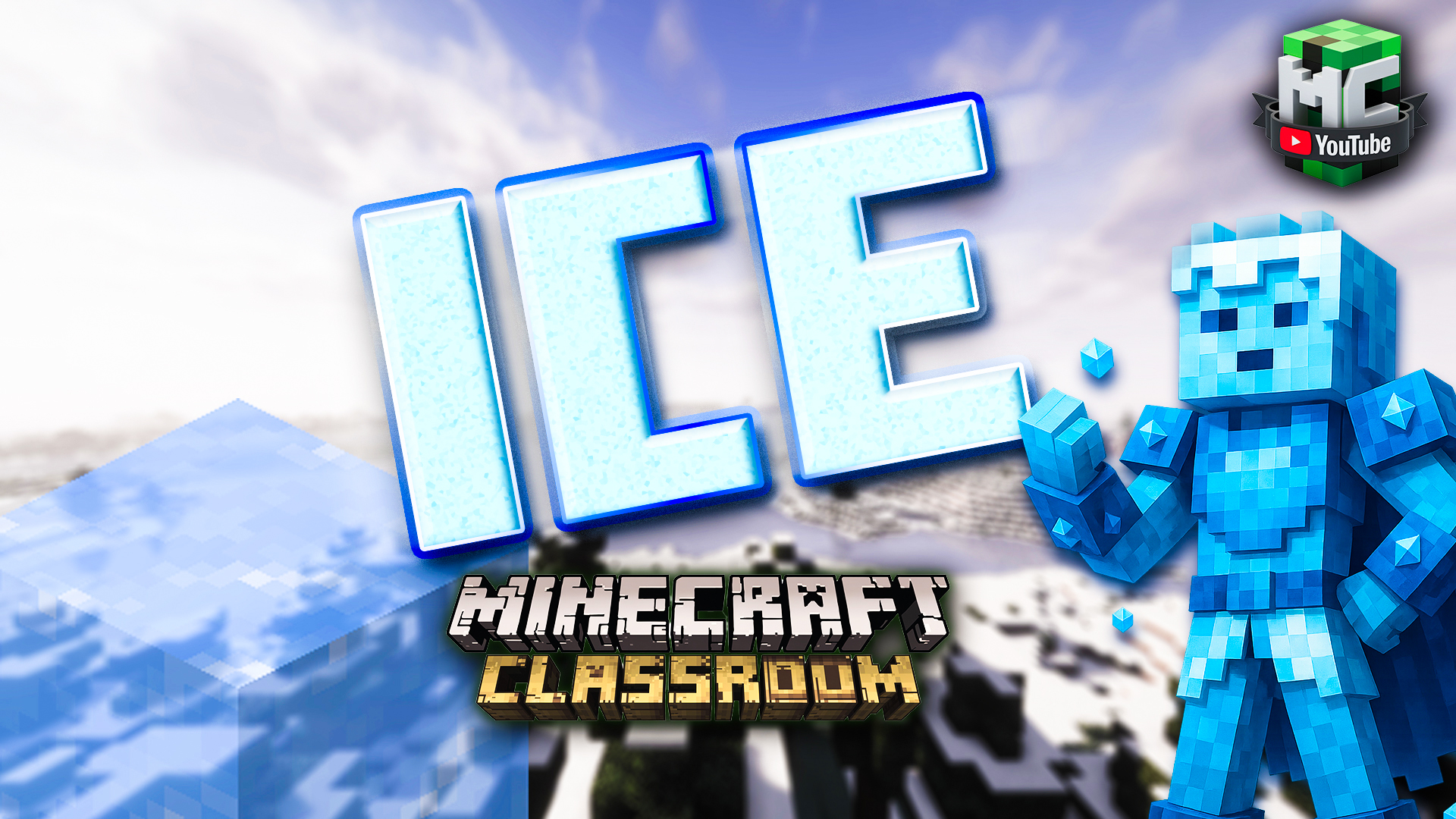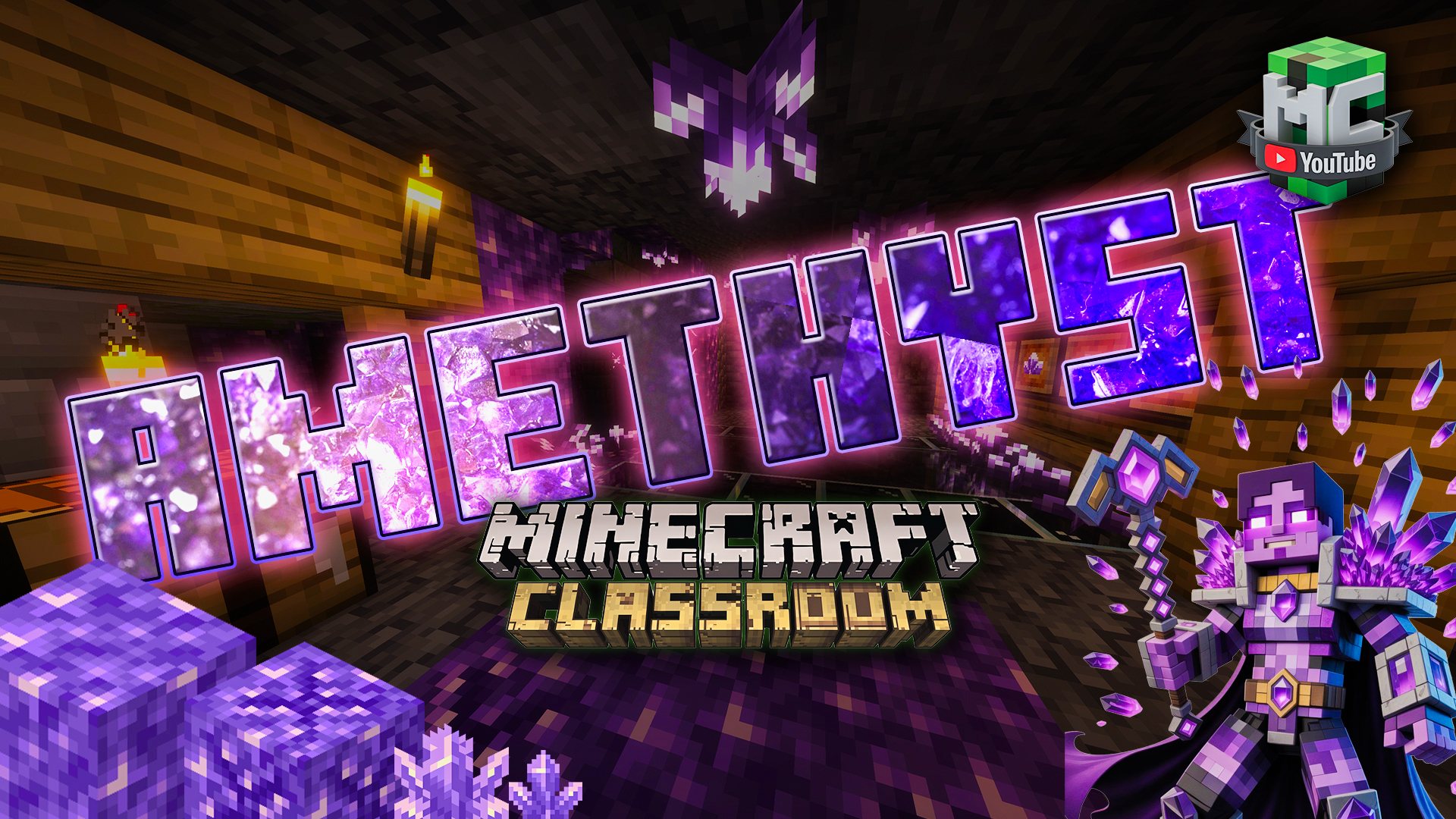
Deep Underground Discoveries: What Makes Deepslate Special in Minecraft
When most Minecraft players think of stone, they picture the familiar gray blocks scattered throughout caves and mountains. But venture deeper—down to Y-level -20 and below—and you’ll discover something far more intriguing: Deepslate.
This isn’t just regular stone with a darker texture. Deepslate is actually twice as hard to mine as regular stone, making it one of the most challenging basic blocks to collect in survival mode. But here’s the twist that makes it all worthwhile: this supposedly “harder to get” block creates some of the most stunning architectural builds in the entire game.
The Real-World Science Behind Deepslate
Deepslate isn’t just a Minecraft creation—it’s based on real-world metamorphic rock, specifically slate. Just like in the game, real slate forms deep underground under intense pressure over millions of years.
The Romans were among the first to recognize slate’s incredible value for construction. In places like Wales and Cornwall in the United Kingdom, slate has been quarried for centuries, with some mines reaching depths comparable to Minecraft’s deepslate layer.
Fun Fact: Real slate’s durability means some roofs have lasted for hundreds of years! It’s also used for pool tables, flooring, and traditional writing tablets—which is where we get the term “clean slate.”
Mining Deepslate: Strategy and Tools
Unlike regular stone, deepslate requires patience and the right approach:
- Location: Found below Y-level 0, becoming more common as you go deeper
- Best Tool: Netherite pickaxe for efficiency (though any pickaxe works)
- Drop: Cobbled deepslate when mined (smelt to get regular deepslate)
- Tip: Use Fortune enchantment when mining deepslate ores for maximum yield
Six Varieties, Endless Possibilities
What makes deepslate truly special for builders is its incredible variety:
- Regular Deepslate – Clean, refined look
- Cobbled Deepslate – Raw, natural texture
- Polished Deepslate – Smooth and elegant
- Deepslate Bricks – Perfect for castles and fortresses
- Deepslate Tiles – Intricate patterns for detailed work
- Chiseled Deepslate – Ornate designs for special accents
Each variant comes with matching stairs, slabs, and walls, giving you an entire toolbox of textures straight from the depths.
Building with Deepslate: Gothic Architecture
Deepslate’s dark, imposing appearance makes it perfect for:
- Gothic castles with dramatic lighting
- Underground fortresses and hidden lairs
- Medieval structures with authentic stone textures
- Modern builds requiring dark, sophisticated materials
The key is combining different deepslate variants. Use bricks for main walls, tiles for floors, and chiseled blocks as decorative accents. Add torchlight, and watch how the flames create instantly more dramatic and mysterious atmospheres.
Pro Building Tips
Lighting is Everything: Deepslate looks incredible with warm lighting. Place torches, lanterns, or glowstone strategically to create dramatic shadows and highlights.
Mix Textures: Don’t use just one type. Combine smooth walls with brick foundations and tiled floors for visual interest.
Add Organic Elements: Vines, moss, and weathering effects make deepslate structures feel ancient and lived-in.
The Bottom Line
Yes, deepslate takes longer to mine than regular stone. But that extra effort pays off with building materials that create truly spectacular results. Whether you’re crafting a brooding castle, an underground base, or adding sophisticated accents to any build, deepslate delivers the kind of dramatic impact that regular stone simply can’t match.
Remember: The deepest stones build the strongest foundations—both in Minecraft and in real life.
What’s your favorite way to use deepslate in builds? Share your creations in the comments below!


